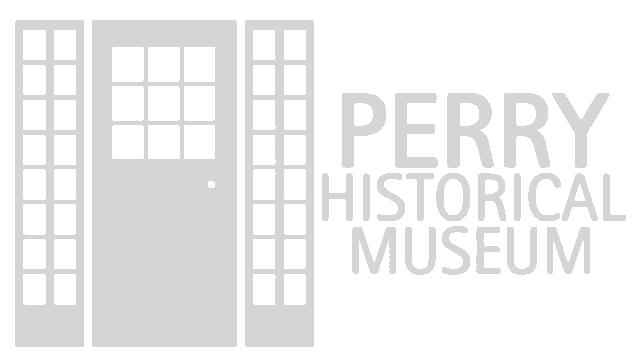Exploring the History of Mossy Hill Plantation: A Glimpse into 1850
- perryhistoricalmus
- Sep 13, 2024
- 3 min read
Updated: Sep 17, 2024

Mary Caroline Richardson and William Mazyck Davis of Clarendon County, South Carolina were married on March 24, 1841, and lived for some time in his ancestral home, “The White House,” on the Santee River, but in 1850 they moved to Houston County, Georgia where they built a handsome plantation home known as “Mossy Hill.” Mr. Davis realized that his plantation on the Santee River was facing ruin from a killing grass for which there was no control. He came to Middle Georgia looking for a new farm site. Stories of the rich, fertile land in the area had drifted up his way, and he found that they had not been exaggerated. Here they raised a family of 14 children, but 3 others had died at birth or as small children.
Mossy Hill probably dates from 1852, the date on the plantation bell. The two-story white walls, heart pine floors, and molding came from lumber cut on the farm. This structure is an L-shaped Italianate villa with a three-story tower and latticed rear veranda.

Legend states that Mossy Hill was designed and built by a favored Davis slave named Peter Davis. Peter was sent to Boston to learn architecture and construction with freedom as a reward on his return. Under his direction, crews of slaves worked for four years constructing the home, which featured two parlors, a ballroom, a kitchen, a pantry, and a dining room on the first floor, five bedrooms on the second floor, and a room on the third floor in the tower. As agreed, Peter was emancipated.”
The third story of the tower was the plantation schoolroom, and the ground floor of the tower was a plantation office for Mr. Davis. The windows are original to the house and several of them contain etched dates of the 1800s. The house contains a hallway running east/west which contains stained glass above the doorway on the west side. The late afternoon sun sends beautiful rays through the stained glass to bring prisms of color to the floor of the hallway. When the Felton's were making improvements to the property in the 1950s, several writings were discovered on the walls of the schoolroom and in one of the bedrooms upstairs.
In an interview with Mose Davis, taken from the collection Born in Slavery: Slave Narratives from the Federal Writers’ Project, 1936 to 1938, we learn that all the buildings on this plantation were whitewashed, the lime having been secured from a corner of the plantation known as “the lime sink.” Mose was playmate and companion to Manning, the youngest of Colonel Davis’ sons. These two spent most of the time fishing and hunting. Manning had a pony and buggy and whenever he went to town, he always took Mose along.
The floors and chimneys on the Davis Plantation were made of wood and brick instead of dirt and mud, as was the case on many of the other surrounding plantations. Near the living quarters was a house known as the “chillum house.” All children too young for fieldwork stayed at this house in the care of the older slave women. There was no hospital building on the premises. The sick had to remain in their individual cabins where they too were cared for by slaves too old for fieldwork.
All cabins were whitewashed the same as the other buildings on the plantation, and the occupants were required to keep the interiors, and the surroundings clean at all times. The overseer’s cabin was located a short distance away from the slave cabins, so that it would be easier for him to keep check on his charges.
After the Civil War, the boll weevil destroyed cotton in Middle Georgia which was a main money crop. The plantation was forced to diversify and in 1926 William Davis’ grandson, Jesse Davis, sold Mossy Hill. The new owner, Judge William Felton, turned the farm’s acreage into peach trees. He built a packing shed which operated until a fire destroyed it in 1979.
Judge Felton gave the property to his son, George Gibson Felton, in 1947 who rented it to Joe Andrews and Eugene Smith to manage the farm. The property was sold in 1981 to Larry and Patricia Fichter. After ten years, they sold the farm to Bobby and Sherry Boutwell who kept it for only one year, selling to Rebecca Loftis Heaton in 1992.
The current owner, Rebecca Loftis Heaton graciously accepted the Perry Area Historical Society a member's tour of her beautiful home on 9 September 2024.




















